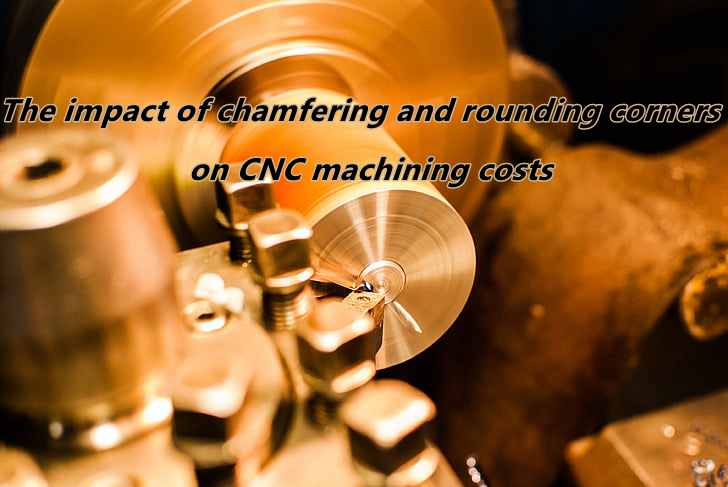Our Location
304 North Cardinal St.
Dorchester Center, MA 02124

When CNC machining parts, in addition to sharp corners (regular geometric figures between two connecting surfaces or vertices), corners can also be designed as chamfers or rounded corners.
Knowing the difference between chamfering and filleting is a fundamental factor that designers must consider. Because it impacts the simplicity and expenditure of component fabrication. Broadly, fillets and chamfers culminate in supplementary CNC machining overheads while diminishing production velocity. Therefore, whether to use rounded corners and chamfered corners needs to be considered comprehensively.
A chamfer is an angled edge or corner that is used to remove burrs and facilitate assembly.
Rounding corner s are rounded edges or corners that improve the appearance, increase the service life, and prevent injuries by eliminating sharp corners. There are three types of fillets: oblique, concave, and convex. Fillets help distribute stress over a larger surface area, reduce pressure on parts, and prevent sudden deformation of compressed parts.
Fillets are the best option for eliminating sharp edges and are easier to coat and paint compared to chamfers, which tend to flake off over time.
Chamfers are more susceptible to deterioration as they possess acute edges, however they are more secure than sharp corners since these extremities are concealed. And they are also more tolerant to misalignment during assembly, and the chamfer hole allows for smooth movement and insertion, making them suitable for use in fasteners. Chamfers can also be created in different sizes using a single tool.
Chamfers and fillets are common features added to edges and corners on CNC machined parts. But when should design engineers use chamfers versus fillets? Here are some key factors to consider:
Chamfers are better if the part requires reinforced edges for handling strength or improved durability. The flat bevel helps distribute stresses.
Fillets create a smoother, more polished look. This may be preferred for consumer-facing or high-end products.
Exposed external edges may benefit more from fillets or chamfers versus internal unseen edges.
Tighter dimensional tolerances can be harder to achieve with rounded fillets depending on the radius size.
Chamfers are easier to tightly control using angled chamfering endmills.
For intricate internal cutouts, chamfers may work better for relieving edges within tight spaces.
Chamfers are relatively simple for CNC programming and tools like chamfering endmills are commonly available.
Tighter radius fillets often required specialized smaller tooling that costs more and requires more careful programming.
If dimensional accuracy is non-critical, deburring procedures can economically fracture edges as a substitute.
Overall, the part application should drive whether chamfers or fillets best serve the functional requirements. A design engineer knowledgeable about manufacturability constraints can balance design intent with capabilities. Send us an inquiry to start a communication with our experienced CNC machining specialists today.